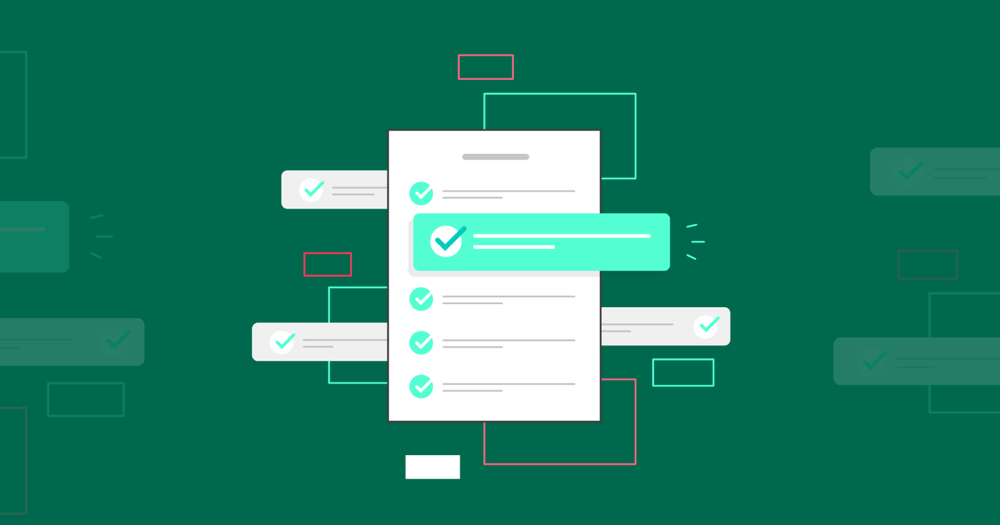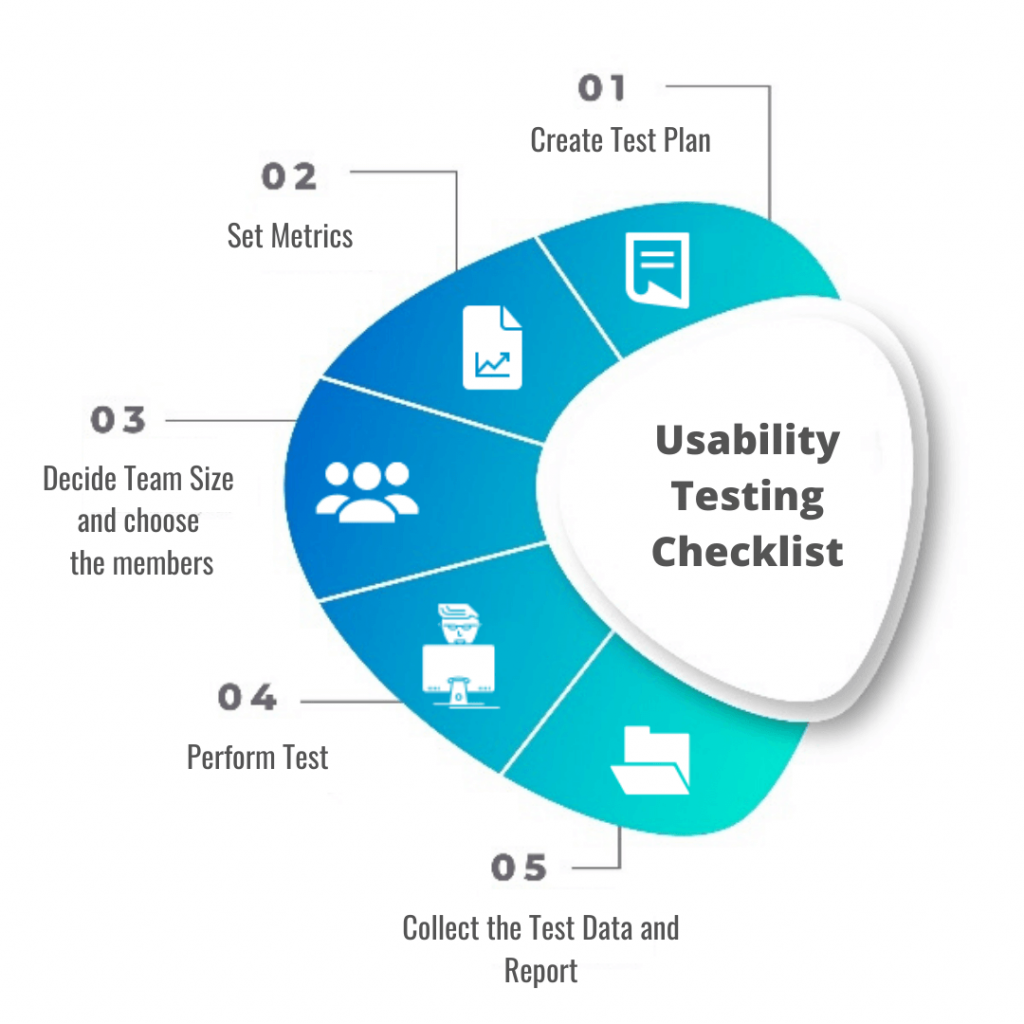Usability testing, a technique to measure how easily a system can be accessible by end-users. It is used to evaluate a product’s usability. In this post, I have discussed briefly, about the checklist for performing the usability test.
The objectives of this technique are
- Collect insights from our users and ensure whether the product meets the user’s expectations.
- Verify if the product is matching real-world business requirements.
- Check if the user can make use of the features as intended.
- Get user opinions and feedback.
Advantages of Usability Testing
- It helps to reveal usability issues in the product earlier.
- It helps to enhance UI to delight end-user.
- It improves accessibility and makes your product highly efficient.
- It helps us ensure our product line is on the right track.
Usability Testing Checklist
1. Create a Test plan
Creating the test plan is the initial activity you need to perform to do good usability testing. These following tasks are the ones you need to do before facilitating a test session.
- List the features/functionalities that need to be tested. list out all, and then refine.
- Define Goals – what you want to achieve with this test, what result you are looking for at the end.
2. Set Metrics
Set your metrics for each phase of the testing and make them concrete. Metrics for usability testing can be feature accessibility, number of clicks, amount of time taken to perform a task, success rate.
3. Decide Team Size and Choose the Members
Choosing the right members is the most difficult part of usability testing. Decide the team size most usability testing experts suggest five participants as optimal team size. Pick team members with different personas to gain a different range of insights.

4. Perform Test
The primary goal of this testing is to find the critical usability difficulties of a product/ a piece of software.
Following are the points to be considered to make a testing success
- Begin the testing during the initial stage of development. The quicker it will be, the easier it is to improve usability.
- Study your competitor products, this will help you set heights for your target audience.
- Consider bandwidth restrictions, your end-users may have lower internet bandwidth.
- Focus on frequently used functionalities first.
- Assign a spectator to observe the tester’s behavior.
5. Collect the Test Data and Report
Analyze the results of testing, organize, and report them. A test report should be created with each and every data gathered from usability testing and must be stored. It should include a summary of functionalities tested, goals, metrics selected, and the outcome.








